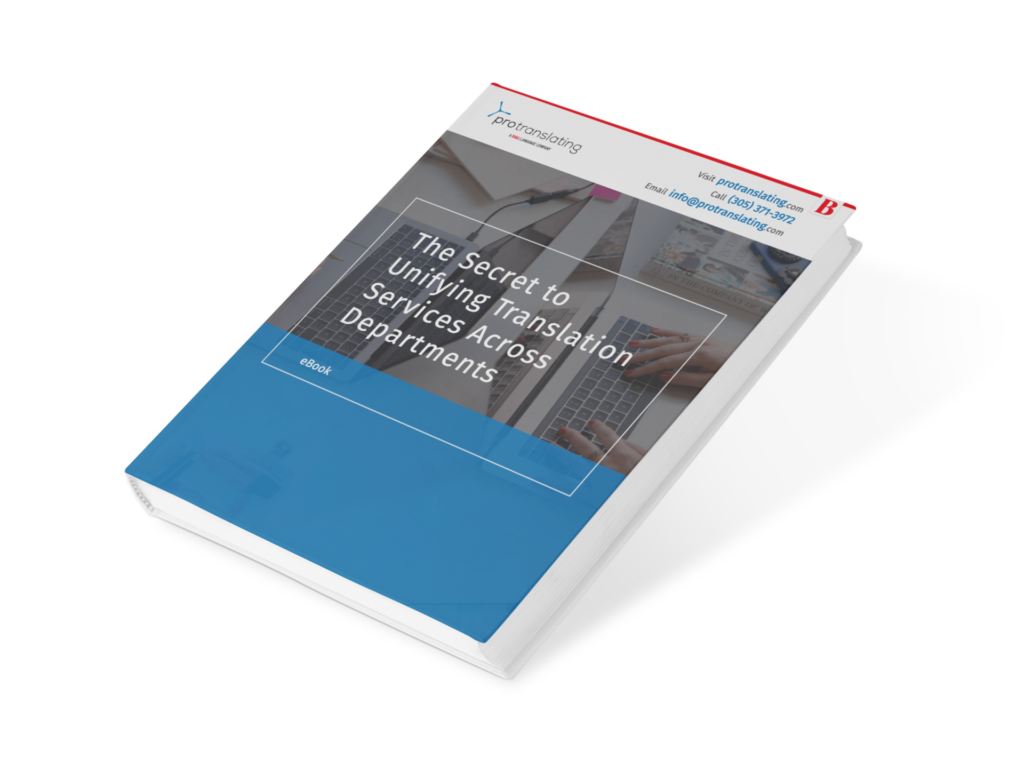Reaching a global audience is much easier said than done. Forward-thinking organizations realize that meaningful engagement of this diverse audience requires a diverse approach to messaging and outreach. This requires not only translation of your company’s messaging and content, but also localization for distinct regions and cultures.
eLearning courses are a popular tool for providing education and engagement to international users, but the effectiveness of these courses is often determined by how well the courses are localized to their audience. For many organizations, Camtasia localization and translation is a game-changing authoring tool that streamlines this outreach in a manner that’s both professional, engaging and cost-effective.
While localization and translation isn’t the direct product of the Camtasia authoring experience, the tools used to build and iterate eLearning courses have a significant impact on the quality and practicality of making these translations, especially when organizations are facing a tight deadline to adapt these courses for new target audiences.
If you’re considering Camtasia translation as a software-based approach to replicating existing eLearning courses in new languages, here’s a look at how this solution can support better, faster course content localization.
How Camtasia Localization and Translation Supports Course Creation
With more than 16 years experience in creating screencast eLearning courses, Camtasia powers the course creation efforts of some of the world’s largest brands, including eBay and the American Cancer Society.
Experienced developers are drawn to Camtasia’s flexibility and editing capabilities, which beat out many competing authoring tools in terms of the types of videos you can create. Camtasia is also highly customizable when it comes to the visual effects and interactive elements you can include, as well as the types of file types that can be imported and exported when creating, translating and localizing an eLearning course.
Although the user interface is somewhat technical and may require patience from inexperienced course developers, one of the biggest reasons developers use Camtasia is because it allows videos of unlimited length, which is a frustrating limitation for course content that can’t easily fit into a maximum time limit.
Camtasia also allows users to publish videos directly to YouTube, which is ideal for developers that want eLearning course content to reach an international audience via the social video platform. Additionally, integration with PowerPoint and other essential business/education software allows Camtasia to leverage third-party solutions to bolster its own platform experience.
Other Benefits of Camtasia Translation and Localization
Using Camtasia for localization and translation offers a number of benefits to course developers, especially when it comes to creating eye-catching video content and localizing design elements and media for each target language. Some of these benefits include:
- A large, royalty-free asset library. Camtasia 2018 offers a number of stock image and video assets, providing excellent customization options as well as the ability to find images and assets that can support better localization. Additional royalty-free content is available through a TechSmith Assets subscription, which can be added to your Camtasia service.
- Simple theme editing for eLearning courses. This is a valuable feature when editing and localizing content across several different languages.
- Video-style editing to quickly edit and localize multiple tracks. Translation and localization efforts can be segmented according to images, video, text and audio, providing greater organization to your efforts through Camtasia’s user interface.
- Platform support for a wide range of audio and video file types. Camtasia accommodates many of the most common formats, including MP3, MP4, WAV, WMV, AVI, MPEG-2, MPEG-4, and Adobe Flash, among others.

Tips to Optimize Camtasia Translation and Localization
To get the best results and value from Camtasia localization and translation strategies, users can take a number of steps to improve their own performance and streamline course duplication across multiple languages. Consider the following tips to optimize your Camtasia translation experience:
- Familiarize yourself with the software before subscribing. Take advantage of Camtasia’s free 30-day trial, since the software isn’t as user-friendly as other alternatives. Developers and video editors may feel comfortable right away, but others should use this grace period to study and master the authoring software.
- Talk to your language service provider (LSP) to determine the best file type for exporting content for translation. Choosing the best file type will eliminate friction from translation and localization, and possibly accelerate the project’s completion.
- Pay close attention to text size changes resulting from translation, and prepare for significant adjustments to eLearning course layout and design. Camtasia doesn’t promote responsive design among its features, and this limited responsiveness may impact the user experience on mobile devices. For Camtasia-created courses, YouTube publishing may be a partial solution to this problem, since YouTube’s mobile app provides the responsive design needed for an engaging user experience.
Camtasia may present a tougher learning curve than other authoring tools, but some experts argue that the adjustment period is well worth the upgrades in eLearning course quality. To learn more about the benefits of Camtasia localization and translation, contact us today.







